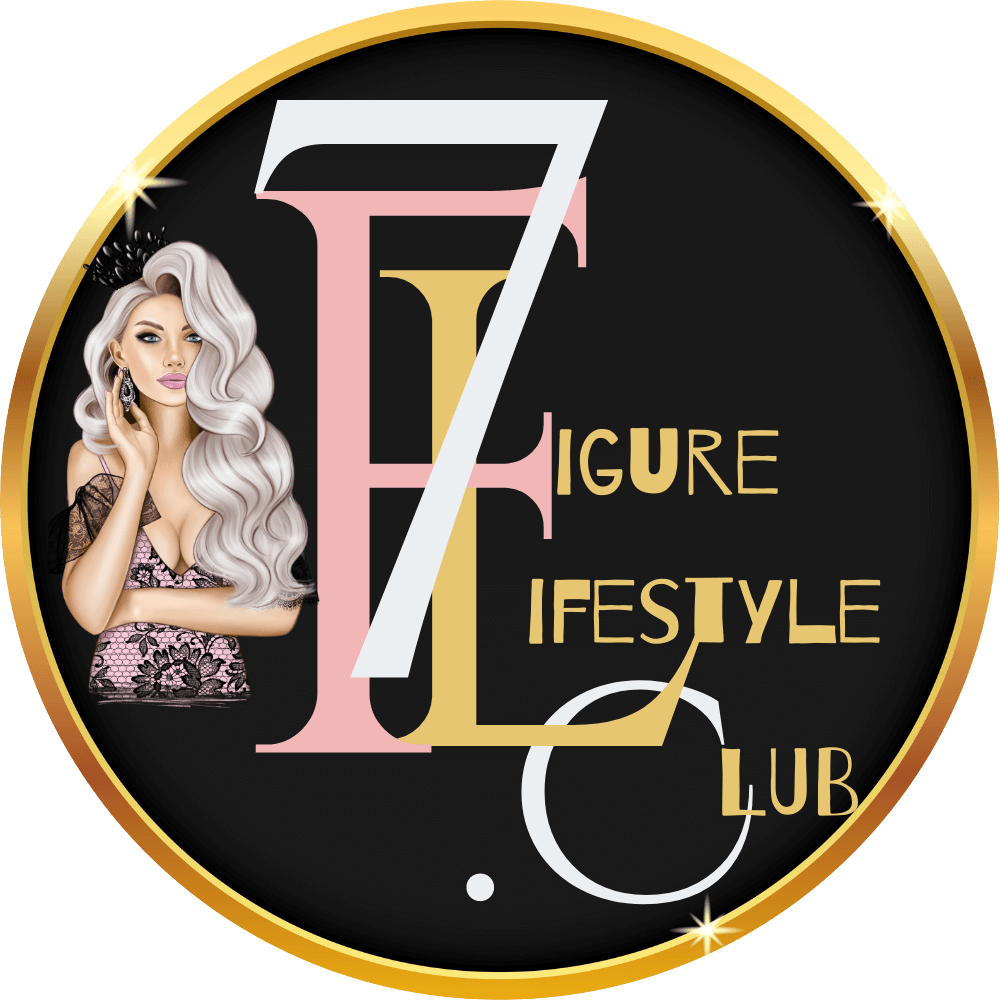
His, Hers, Everyone’s: Gender-Equal Underwear Goes (Slightly More) Mainstream
[ad_1]
“We are building the brand that we wish existed when we were younger.”
— Abby Sugar, co-founder and chief executive of Play Out Apparel
Most of fashion’s offerings conform to the gender binary, but for gender-nonconforming individuals, that can make tasks as mundane as shopping for underwear downright Sisyphean.
Consider Victoria’s Secret. After opening in 1977, it dominated the $38 billion lingerie market by selling a hyper-sexualized, hyper-gendered beauty standard. The only problem was that even as a mall brand, it was designed with white, thin, cisgender, traditionally feminine consumers in mind.
After years of ignoring transgender and plus-size women’s demands for inclusion, the brand replaced its Angels with the VS Collaborative — a group of representatives including a transgender model, Valentina Sampaio, and openly gay celebrities including the soccer player Megan Rapinoe, who will appear in advertising campaigns and on Victoria’s Secret’s social media platforms.
The idea behind the rebrand was to convey, according to Victoria’s Secret, the “true spectrum” of “what women want.” But some criticized it as inauthentic, and too little too late.
By the mid-2010s, direct-to-consumer underwear brands began bridging the gap — like Parade in 2019. But critics said they fell short on full body inclusivity: Every model on Parade’s site, for example, presents as female.
And as younger generations were increasingly expressing their nonbinary or gender-nonconforming identity, the lingerie industry lagged in meeting their needs.
More than 12 percent of U.S. millennials identify as transgender or gender nonconforming, and one in six members of Gen Z in America identifies as queer or transgender. A majority of both generations believes that the gender binary is outdated. Globally, 25 percent of Gen Z individuals expect to change their gender identity at least once during their lifetime.
Accordingly, Gen Z is less willing to spend money on brands they perceive as inauthentic, not diverse, or unsustainable. They presently command $143 billion in buying power, and 56 percent of Gen Z shoppers are buying clothing outside of their gender assigned at birth. What’s more, L.G.B.T.Q.+ individuals today have over $3.7 trillion in global purchasing power.
A new generation of underwear brands hopes to serve this growing demand for change, even if gender-neutral brands currently represent a small slice of the overall lingerie market.
Urbody is one such brand. Mere Abrams, a nonbinary influencer, and Anna Graham, an entrepreneur, started the brand in March. The site sells underwear that, according to its website, “inspires acceptance, self-love, and gender freedom.” Urbody’s technical garments — compression fabrics, built-in packing space, thongs with pouches — come in a wide range of sizes and are designed for people of all gender identities.
Another brand, TomboyX, which was founded though a Kickstarter campaign in 2012, creates underwear in a range from XS to 4X. Known for its colorful boy shorts and boxer briefs — for people who need flies or hammocks and those who don’t — TomboyX has seen sales increase 50 percent year-over-year since 2017.
Then there’s Play Out Apparel.
Founded in 2013 by Abby Sugar, who identifies as queer, and the fashion designer E Leifer, who identifies as nonbinary, Play Out designs underwear (in addition to streetwear) for all gender identities and sizes XS to 5X. Twenty percent of all net profits go to L.G.B.T.Q.+ and Black Lives Matter organizations, and the brand is backed by fashion investors including Andy Dunn, a founder and the former chief executive of Bonobos, a popular men’s fashion brand.
Play Out is known for elevating the term “gender-equal” — as opposed to genderless or gender-neutral — apparel. The differentiation goes beyond semantics, they say. It’s not about muting femininity or masculinity with androgynous clothes, but instead about making a variety of styles available to people across the gender and size spectrum.
In Her Words asked Sugar and Leifer to tell us more about the gender-equal market, and talk about what’s ahead in this growing industry.
Our conversation was edited and condensed for clarity.
What’s the difference between gender-equal and gender-neutral clothing?
Leifer: There is an assumption that making something gender neutral means taking it off the gender spectrum altogether.
To many people, gender neutral or androgyny read as masculine. That’s not what we’re building. For us, the vision is more about inclusivity and expanding what a product can be and who it can be worn by. We have colorful prints and basic solids, but any style can be worn by anyone — they’re for everyone. We don’t have men’s or women’s sections on our website, or assumptions about what you should wear based on how you express your gender.
There is this post-apocalyptic, beige, baggy style that people think of when they hear genderless, which is limiting. We want to create an equal shopping experience for everyone, however you express yourself. All of our bottoms have either a flat front design or a pouch front design, and all of our tops are essentially unisex. Whether you’re extra small or 5X, it’s always the same price, and every style is available equally across prints and colors.
What was most lacking in fashion when you founded Play Out?
Sugar: Years ago, when I was shopping for underwear as a lesbian — or when friends within the L.G.B.T.Q.+ community were shopping — options for women were super gendered: lacy, skimpy things. Men’s underwear was more comfortable, but it didn’t fit with the flies and pouches. I was constantly asking myself, why can’t we have the same comfortable, cute designs with shapes that fit our bodies equally?
We are building the brand that we wish existed when we were younger.
Every week we get emails from customers saying that when they land on our website it feels like a safe space. I send those to the whole team. Queer, trans, nonbinary, gay and lesbian folks have been styling themselves for longer than we have been alive. People want to be seen. They want to feel safe. They want to feel good about themselves and find garments that help them move freely through the world.
Why did it take so long for gender-equal styles to enter mainstream fashion?
Leifer: “Gender neutral” has always been around in fashion, but even when less gendered items are being sold to women or girls, they tend to be conceptually positioned as “borrowed from the boys.” For example, “boy shorts” for girls or “boyfriend jeans” for women, which are just looser-fitting jeans. Today’s marketing remains hyper-gendered and primarily for the male gaze, because the gender binary sells. And once big companies are making money, they rarely change.
By dividing the genders, you create a social hierarchy. So I don’t see equality being attainable in fashion or beyond without the demolition of the gender binary. That doesn’t mean everyone needs to be nonbinary. Everybody can be as femme or as masc as they want. Younger generations already get that. They don’t want to be told how to shop or how to express themselves. They want to be marketed to in a completely different way. And to me, that speaks to progress.
The fashion industry has long excluded and belittled marginalized groups who simply want to have the same cute styles in their sizes, and to see themselves represented in marketing. It shouldn’t be revolutionary, but it still is.
Is gender-equal clothing the future for all apparel brands?
Leifer: Yes. The larger cultural conversation is just starting to meet us where we’re at, which is great, because it’s hard to fight alone.
But like any culture shift, there will be brands that do gender-equal authentically, and brands that don’t. Food tastes better when it’s made with love. That’s true in fashion as well, especially for gender-equal apparel, because it’s mission-driven and of service to the larger L.G.B.T.Q.+ community.
Shopping can be incredibly tense for everyone, but it’s particularly difficult for gender-nonconforming and nonbinary folks. It’s always: I don’t see myself in how these things are displayed. I don’t know if I should grab that because it’s modeled on a stick figure, and I don’t know if I’ll fit.
These anxieties exist for everyone because we’ve been so exclusionary in the way we market clothing. But when you go onto a site and see a cute pair of underwear modeled on a person who has top surgery scars but they’re wearing a flat front boxer, you are going to have a different experience. There has to be a place for people to shop where it’s just people and products: This is underwear, these are pants, these are tops — and you can style them however you want. You can finally feel free.
In Her Words is available as a newsletter. Sign up here to get it delivered to your inbox.
[ad_2]
Source link


 We use cookies to optimize our website and our service.
We use cookies to optimize our website and our service. 

Responses